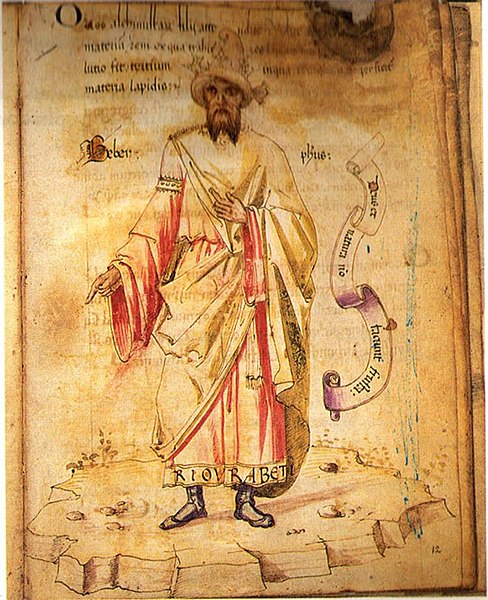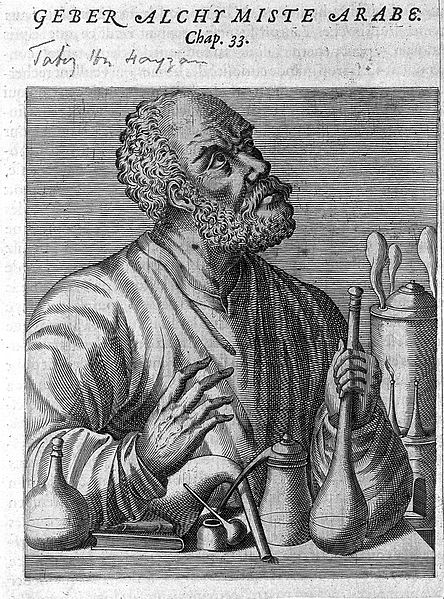Early writing on mineralogy, especially on gemstones, comes from ancient Babylonia, the ancient Greco-Roman world, ancient and medieval China, and Sanskrit texts from ancient India. Books on the subject included the Naturalis Historia of Pliny the Elder which not only described many different minerals but also explained many of their properties. The German Renaissance specialist Georgius Agricola wrote works such as De re metallica and De Natura Fossilium which began the scientific approach to the subject. Systematic scientific studies of minerals and rocks developed in post-Renaissance Europe. The modern study of mineralogy was founded on the principles of crystallography and microscopic study of rock sections with the invention of the microscope in the 17th century.
Theophrastus
Fibrous asbestos on muscovite
Octahedral shape of diamond
Agricola, author of De re metallica
Abū Mūsā Jābir ibn Ḥayyān, died c. 806−816, is the purported author of a large number of works in Arabic, often called the Jabirian corpus. The c. 215 treatises that survive today mainly deal with alchemy and chemistry, magic, and Shi'ite religious philosophy. However, the original scope of the corpus was vast, covering a wide range of topics ranging from cosmology, astronomy and astrology, over medicine, pharmacology, zoology and botany, to metaphysics, logic, and grammar.
15th-century depiction of Jabir
Artistic impression of Jabir.
Artistic impression of Jabir and his master Jaʿfar al-Ṣādiq.







